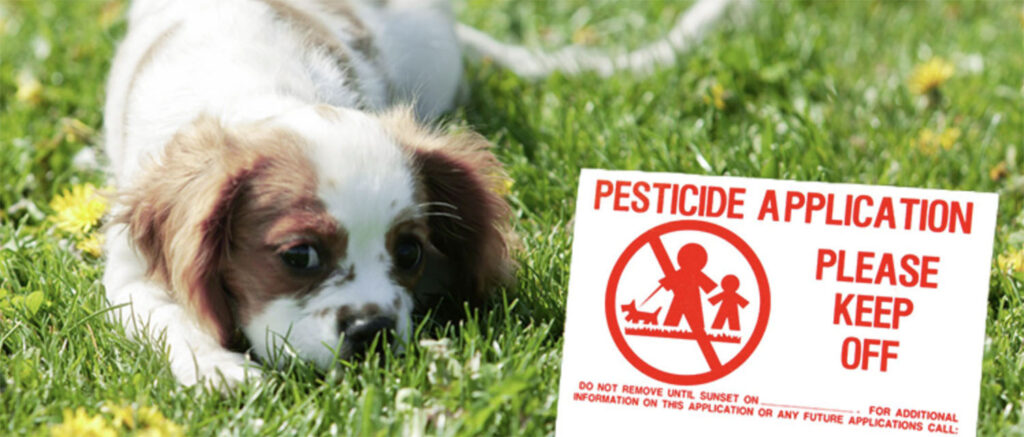By Alliance President Terry Gips
What can you say to neighbors and property managers who are convinced pesticides are “safe” so they’re fine to use in your townhome complex, apartment building, park or ball field? Based on my 50 years of experience working on pesticides, serving on the Boards of the Pesticide Action Networks NA and Beyond Pesticides, and my book, Breaking the Pesticide Habit, here are four things you can share with people that might change their thinking that pesticides are “safe,” even if approved for use by the EPA:
- Most Pesticide “Active” Ingredients Have Not Been Fully Tested – Bioscience points out that 62,000 pesticides have been “grandfathered in” and not subject to a full evaluation, including neurological, genetic and other testing. And even if they have been tested, they are rarely tested when applied in combination with other pesticides, which can lead to a more toxic chemical impact. And of course, the testing is done based on adults so that babies and children are at far greater risk given the concentration for their body weight.
- The 96% of a Pesticide that’s Called “Inert” is NOT – Pesticide labels usually show that about 4% of it is the “active ingredient” (which is what kills the target pest), but the rest are listed as “inert ingredients.” That’s a highly misleading term because they’re not inert at all. They are a potent chemical cocktail of untested, undisclosed, confidential and trade secret chemicals that are petroleum-based chemicals, including proven carcinogens such as benzene. They are clearly not safe.
- The EPA Approves Pesticides that are Proven Carcinogens Because of its Cost-Benefit Analysis – The EPA uses a questionable cost-benefit analysis in which toxic or carcinogenic pesticides can be permitted if it’s successfully argued that there’s not an effective alternative that doesn’t cost much more. This is true of many fungicides, some of which are carcinogenic. This doesn’t mean they’re safe.
- Pesticides Don’t Just Stay Where They’re Sprayed – Many pesticides volatilize (turn into a vapor) so that they are in the air we breathe or run-off into our waters, thereby often harming a range of other living organisms. As one report concluded, “Fungicides used intensively in both agricultural and urban landscapes are released into the environment throughout the year potentially posing a risk to aquatic organisms.”
I hope this helps you make people aware of the often surprising and unanticipated hazards pesticides pose to children, pets, fish, wildlife and our web of life. Let us know how it goes.

